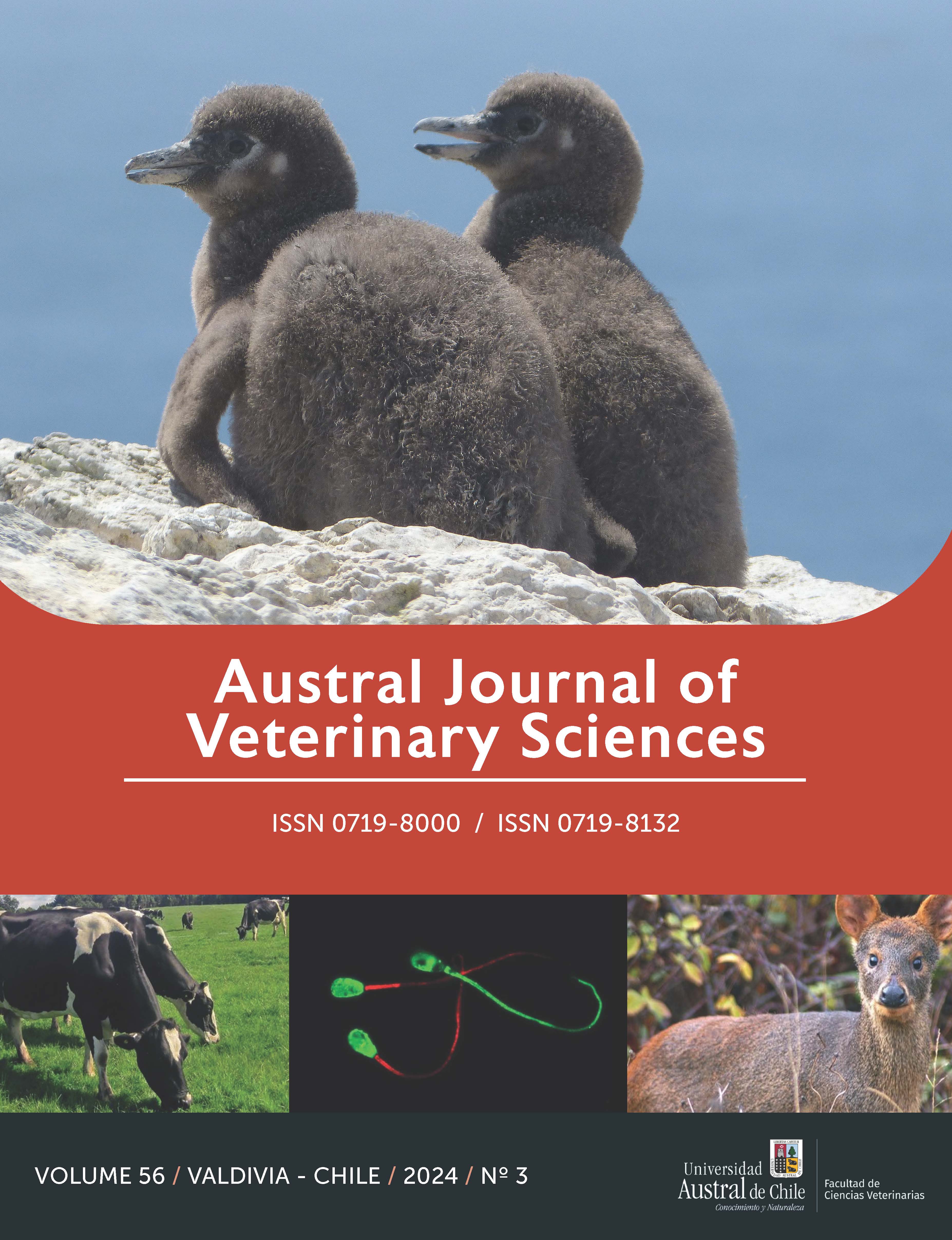Molecular detection of haemobacteria in Colombian wild birds
Contenido principal del artículo
Resumen
Colombia shows a high density and variety of bird species, making it one of the most diverse avian territories globally. Antioquia ranks among the top four provinces with the greatest variety of bird species, underscoring the importance of research efforts on the local bird fauna. Therefore, this study aimed to identify bacterial agents in the blood of wild birds from the municipality of Jardín (Antioquia, Colombia) by 16S qPCR sequencing. A descriptive cross-sectional study was conducted using non-probabilistic convenience sampling. Wild birds were captured using mist nets and blood samples were collected from each animal via puncture using sterile lancets in the brachial vein, and a drop of blood was collected on filter paper for qPCR analysis. The 16S gene in bacterial genomes was found in 13 out of 46 wild birds of the Passeriform and quasi-Passeriform orders, captured at three different locations within the study municipality at altitudes ranging from 1,665 to 2,034 m.a.s.l. Seven different bird species were recorded and four different haemobacteria were identified (i.e. Exiguobacterium spp., Escherichia coli, Stenotrophomonas spp., and Stenotrophomonas maltophilia). This study contributes to the knowledge in Colombia by identifying four different hemobacteria in wild birds. Further research is required on the health status of these birds and the attributable impacts on their populations and other related factors, including humans.


 https://orcid.org/0009-0000-9424-824X
https://orcid.org/0009-0000-9424-824X